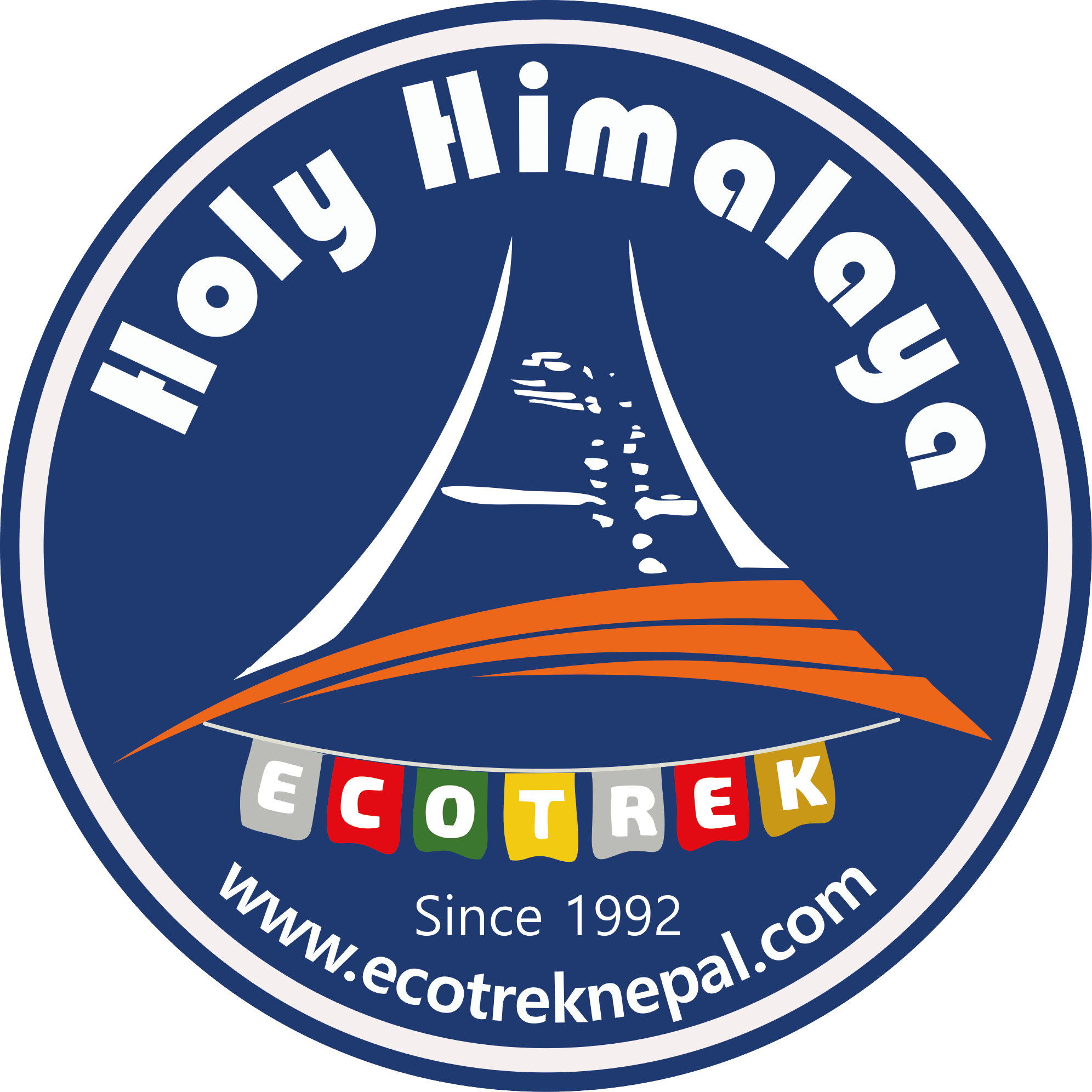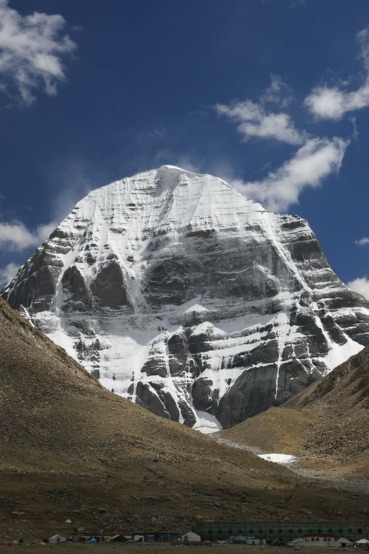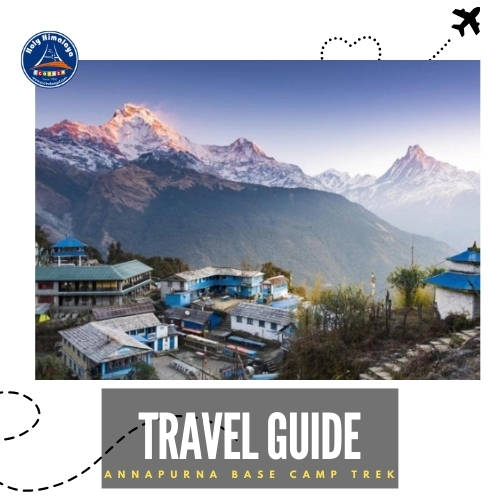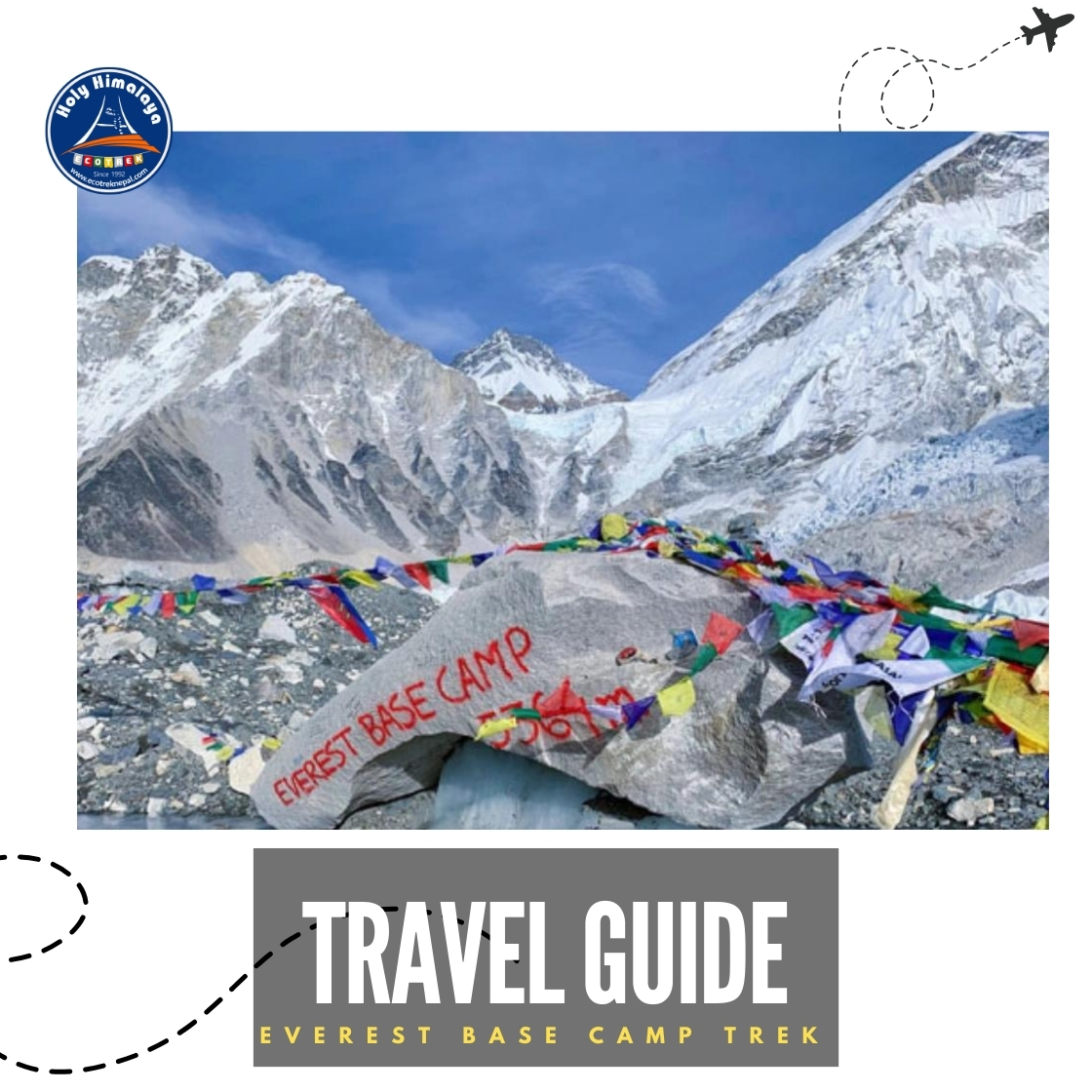The Annapurna Base Camp Trek is an exciting adventure that takes trekkers into the heart of the great Himalayas. It offers a wonderful trekking experience with varied landscapes—from lush terraced fields to high-altitude alpine meadows—and the trail goes to the base of the world's 10th highest mountain, Annapurna I, standing at 8,091 meters.
While trekking through the Annapurna Sanctuary, there are panoramic views of towering peaks, including Annapurna I, Machapuchare at 6,993 meters, and Dhaulagiri at 8,167 meters. It starts from Pokhara, winding its way through quiet forests and traditional villages—a glimpse into old Nepali life. As the trek gains altitude, the scenery changes from subtropical greenery to rugged, snow-covered landscapes that present a graphic contrast along the trails of the Annapurnas.
The trails of the Annapurna Base Camp Trek are well-marked, taking adventurers through scenic terraced fields, peaceful bamboo groves, and onward to rocky paths. This trek is not only physically challenging but also an exploratory voyage into the natural beauty aspects of the Annapurna region.
Besides, the traditional villages of Gurung and Magar lie along the way, adding richness to the trekking experience with their warm hospitality and cultural interactions. The trekking combines physical exertion and a tour to the culturally submerged part of the country, making the Annapurna Base Camp Trek unique and rewarding.
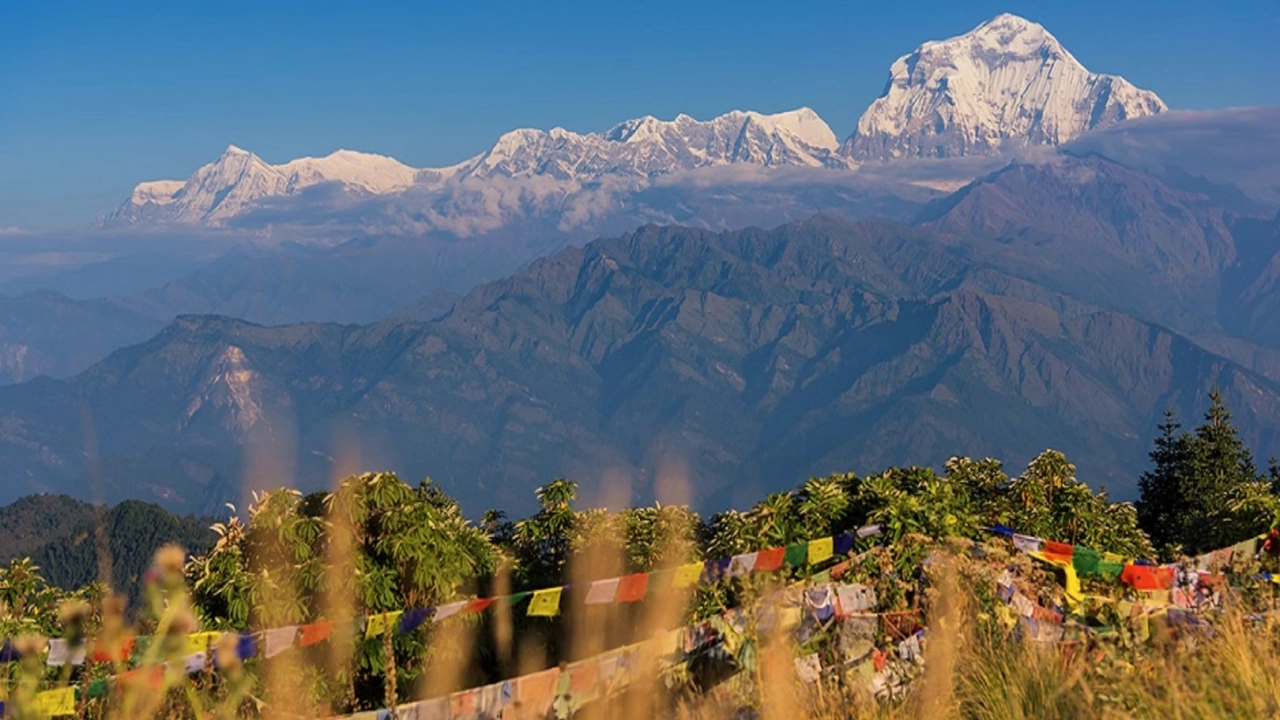
Trip Information
Best Season
The best times for the Annapurna Base Camp Trek are spring-March to May and autumn-September to November.
During spring, the trekkers will be able to view mild temperatures, clear skies, and rhododendrons in bloom, which is the best time for trekking.
In the autumn season, stable weather, crisp air, spectacular mountain views, dry trails, and little rain prevail. Both seasons are preferred, as the weather is soothing and the views are brilliant during this period.
Winter, roughly from December to February, is less ideal because of snow and ice, but the skies are clear, and there are fewer crowds if one is prepared to be a bit colder.
Elevation and Distance
The trek starts from Kathmandu, which is located at an altitude of 1,400 meters, and reaches an altitude of 4,130 meters at Annapurna Base Camp. The journey encompasses several important waypoints while making its ascent, including Sinuwa, 2,340 meters above sea level, Dovan at 2,500, and Deurali, 3,175 meters above sea level.
More than 100 kilometers are covered during this trek. Daily ascents lead to diverse terrains, from lush forests to alpine zones. The trek downhill from Annapurna Base Camp passes through Bamboo (2,310 m) and Jhinu Danda (1,780 m), where physical challenges and scenic beauty combine.
Altitude Sickness and Physical Fitness
While most trekkers find the Annapurna Base Camp Trek easy and suitable, the overall features include a gradual altitude gain and varied terrain, hence moderately challenging. Besides, above 3,000 meters, altitude sickness is an alarming issue with headaches and nausea.
The risks could be minimized by pacing and hydrating oneself appropriately, along with proper acclimatization. Naturally, good physical fitness and preparation are highly essential for a successful trek.
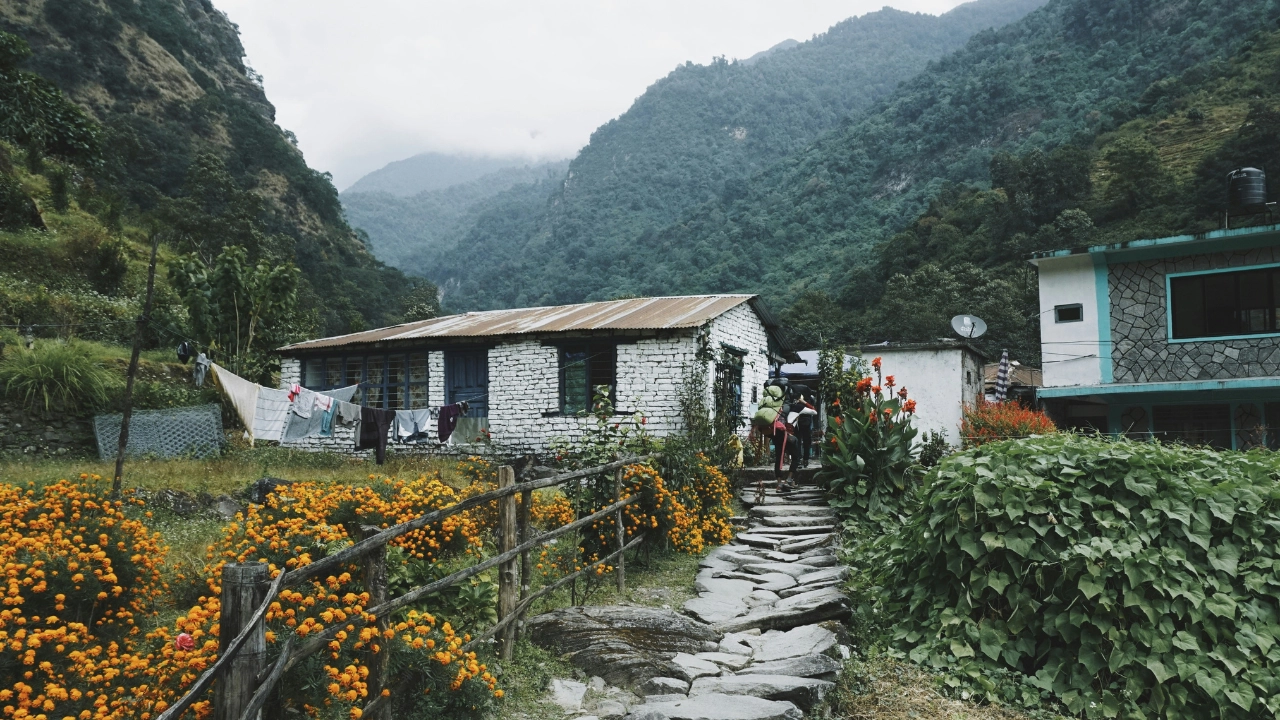
Charging, Internet, and Communication
During the Annapurna Base Camp Trek, you will find charging facilities in lower-altitude tea houses, but this service includes a surcharge, generally NPR 200-500 per device. In higher altitudes, there are minimal charging options, and power outages are normal because the places are far from human masses.
You are to highly recommend bringing portable chargers and extra batteries. Bring a universal travel adapter and several sockets; it will guarantee you're able to charge more than one device at a time since outlets can be few and far between.
Internet access is available in some of the tea houses, usually for a fee, but generally, it becomes less reliable as you ascend. Wi-Fi services, where available, may be slow and inconsistent, especially during peak seasons when many trekkers are online.
Mobile network is spotty at the best and generally nonexistent at altitude. However, buying a local SIM card from Nepal Telecom or Ncell may extend better connectivity in some areas.
Accommodation
Accommodations during the Annapurna Base Camp Trek are basic, though comfortable. You will be accommodated in twin-sharing rooms in the best available teahouses within the trekking area. Although the rooms themselves are simple, they are warm and welcoming.
These usually come as normal tea houses, which have common areas where trekkers usually spend much of their time getting warm, socializing with others, and having food. Rooms are not necessarily heated, so if you expect cold nights, it is best to pack a warm sleeping bag.
At higher elevations, you can further expect shared bathrooms and limited access to hot water, so bring all essentials such as toilet paper, hand sanitizer, and wet wipes.
While in Kathmandu and Pokhara, you will be in hotel rooms with updated facilities, private bathrooms with hot showers, Wi-Fi, and comfortable bedding. These are the hotels to stay in before and after the trek, quite far away, in a quiet space.
Foods and Drinks
The meals during the trek form an important part of the experience, and three meals a day are included in your package.
Generally, breakfast is simple but hearty, offering a menu of porridge, pancakes, eggs, toast, and tea or coffee.
The usual Nepali meal of Dal Bhat—lentil soup with rice and vegetables, Thukpa (Tibetan noodle soup), and momos (dumplings) is what trekkers are served for lunch and dinner. Dal Bhat is most popular among trekkers, as it provides a high amount of energy and the serving portion is huge; most places offer unlimited refills of both rice and lentils.
Most of the tea houses also provide Western food such as pasta, pizza, and sandwiches, but the quality can be variable. It would be great if you tried the local food for the purpose of an authentic experience and supporting the local economy.
The drinks include soft drinks, tea, coffee, and special drinks such as ginger tea and garlic soup, which are helpful for acclimatization and maintaining energy in the cold mountainous environment.

Beginner Friendly
The Annapurna Base Camp Trek is strongly suggested to be good for beginners because trails are mostly well-maintained and the difficulty level is considered moderate. The number of distances to be trekked day in and day out is pretty doable: 5-7 hours of walking every day with plentiful rest stops.
It comes with some steep ascents, mainly around areas like Jhinu Danda and Bamboo; however, this is easily surmountable if one is properly fit and prepared for such a case. There are also resting tea houses along the way, which allow trekkers to stop and acclimatize at their comfort levels.
No previous trekking experience is needed, though pre-trek training, with emphasis on cardio, strength, and stamina, should be engaged in to fully capture the beauty of the journey.
Travel Permits
Mainly two permits are required for the Annapurna Base Camp Trek. They are TIMS, or Trekking Information Management System permit; and ACAP, or Annapurna Conservation Area Permit. Both permits are mandatory for all trekkers, which also help to fundraise for conservation in the Annapurna region.
The cost of a TIMS permit is 1,000 NPR ($8 USD) for group trekkers and 2,000 NPR ($15 USD) for solo trekkers. The ACAP permit costs 3,000 NPR, approximately $23.
Both are available at the offices of the Nepal Tourism Board in Kathmandu or Pokhara. These are checked at different points along the trek, and it will be required that you always carry these permits with you. Failure to produce these at checkpoints may attract fines or result in being turned back.
Transportation
Transportation is no exception, and hence, much effort has gone into making the journey as comfortable as possible. Airport transfers to and from are made using private vehicles for convenience and privacy.
A road journey from Kathmandu to Pokhara will be made using a luxury tourist bus, which normally takes 6 to 8 hours. The ride cuts through the countryside, rivers, and mountains along the Prithvi Highway.
In case of urgency or choice for a quicker alternative, Kathmandu-Pokhara-Kathmandu flights are also available at extra cost, saving 30 minutes only.
After arriving in Pokhara, private jeep transportation will be provided for the trek route between Pokhara and Jhinu Danda, the starting and ending points. A private jeep gives you time and comfort flexibility, while public buses would be very crowded and not necessarily reliable.
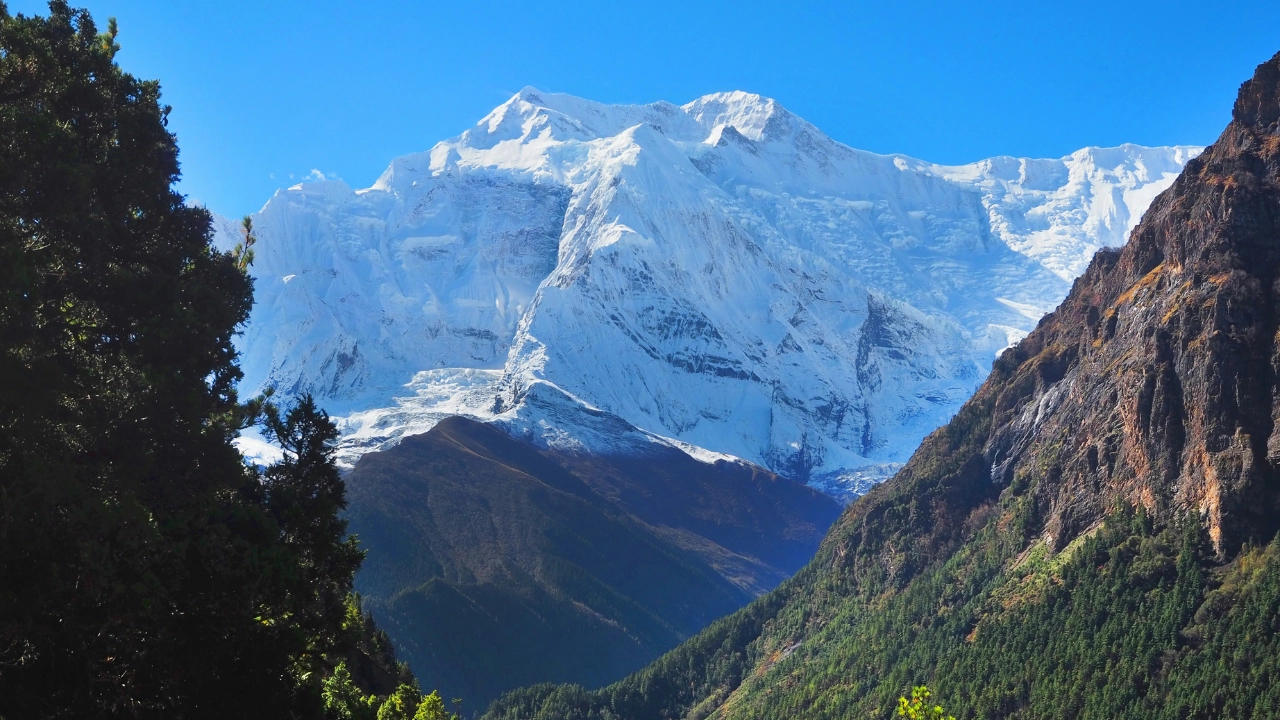
What to expect?
The Annapurna Base Camp Trek comprises stunning landscapes, cultural varieties, and thrilling adventure all in one combination. While walking through the trail, trekkers get views of majestic Annapurna South, Machhapuchhre (Fishtail), and Hiunchuli. Approaching the base camp itself, one will get an unforgettable 360-degree panorama of snow-capped peaks—the ultimate highlight of this trek.
The route goes through a varied landscape made up of rhododendron forests, terraced fields, alpine meadows, and rugged mountain paths. Cascading waterfalls and meandering rivers add further charm to the trek. You also pass through traditional Gurung and Magar villages, where you can see typical warm hospitality and culture prevailing among the local communities.
Despite its mind-blowing views, the Annapurna Base Camp Trek is considered to be a moderately challenging trek with steep uphill and downhill walks. The well-marked trail goes really well for beginners, but only when they are in really good shape.
Similarly, trekkers must know about altitude sickness, as it is a little more than 4,000 meters above sea level. Acclimatization, hydration, and pacing are among the very important parameters that can assure a perfect trek.
This trek has the peculiar characteristic of bathing in the natural hot springs at Jhinu Danda, soothing the tired muscles. The sense of satisfaction after completing this trek is immense, and reaching Annapurna Base Camp is an achievement to remember for many years as a beholder of Nepal's grandeur beauty.

